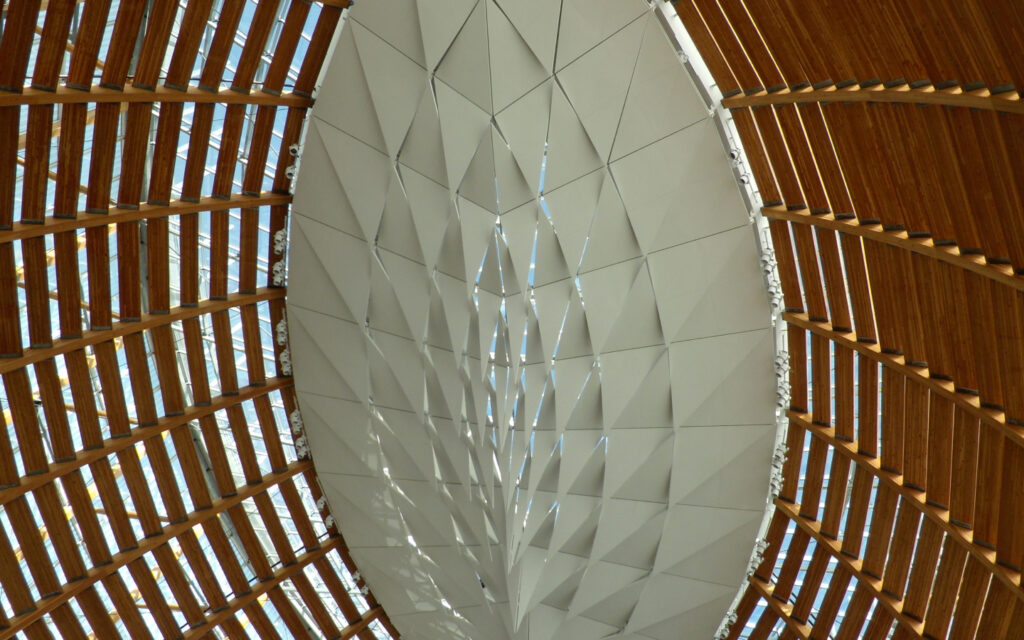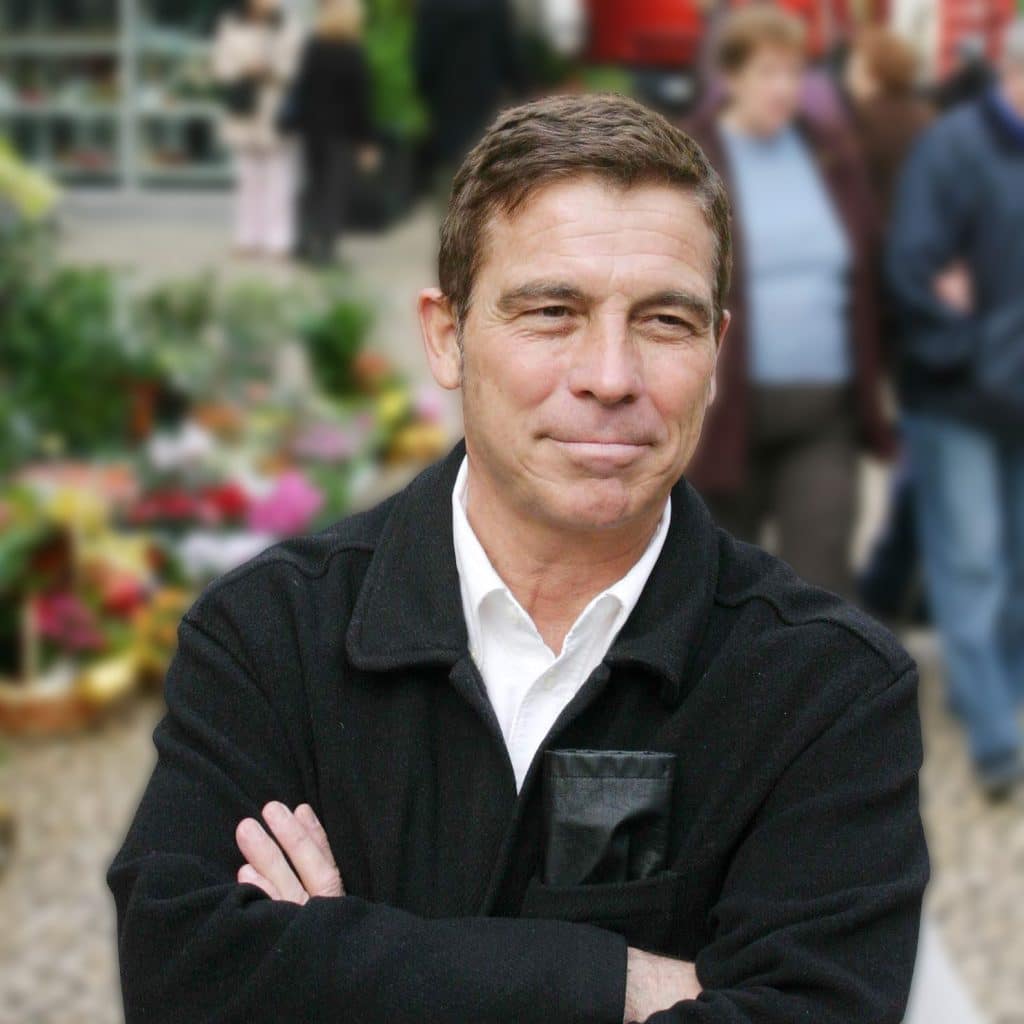Jill Bambury
University of Cambridge, England.
jeb82@cam.ac.uk http://www.arct.cam.ac.uk/people/jeb82@cam.ac.uk
“Fortunately, for New Orleans, ‘the hood’ is shrinking”, said the woman sitting next to me on the plane. “The city is just getting better and better.” She was referring to the gentrification of the ‘hyperghetto’.[1]
Introduction
This paper is a short synopsis of the main argument of my PhD dissertation.[2] It is based on field research undertaken over four years in Central City, an African American neighborhood in the heart of New Orleans. For this, the simple church buildings were examined closely in their historical and physical contexts as well as relative to the ways in which the architectural space is animated by the liturgical activity that occurs therein. Through practices of close observation and interviews more traditionally utilized in ethnographic field studies, this work has unleashed the potential for understanding culturally specific roles of architecture which can ultimately lead to a practice that understands and respects deeply rooted culturally specific traditions.
The Church in the ‘Hyperghetto’[3]
There are more than one hundred African American churches in the neighborhood of Central City, which comprises less than one and one half square miles in the heart of New Orleans, Louisiana. Although the neighborhood is challenged by poverty, neglect and violence, the churches are polished and shined; with lawns mowed and steps swept. And yet, the gardens are not elaborate or planted; but, rather, consistently surrounded by chain linked fences. There seems to be a culturally specific manner for treating the buildings. Based on the number of churches and the care given to them, the buildings are clearly important to the community.
Paradoxically, the architecture does not reflect this importance. The street presence of the buildings is simple and modest; in some cases, so unassuming as to not be noticeable. For example, upon following up on a first encounter with a street preacher in a crisp white shirt, with a microphone hooked up to a car battery, and enquiring of a congregant as to where the church might be located, the congregant informed that I “was standing right in front of it!”.[4] (Figure 2 illustrates typical street preaching activity.) There seemed to be two different but related sets of characteristics for the street facades of the churches of central city. The churches seem to be built to be either like fortresses, solid and robust, yet relatively unadorned; or to be camouflaged, so as to be almost invisible. (See Figure 3 for typical façade characteristics).
This is further puzzling in consideration that other cultural phenomena related to the church are animated and embellished. Liturgical activity such as music, preaching, dance, and even the clothing worn to church is highly expressive. It is also a problem that the churches seem to be the only buildings that explicitly represent African American culture in built form. Finally, despite great interest in the architecture of the city as well as in ecclesiastical architecture in Louisiana, the architecture of the churches is largely unexplored.
Possibly one key to understanding the churches is found through careful interpretation of the neighborhood. Both statistics and news reports show that the neighborhood of Central City is fraught with poverty, violent shootings, and addiction. There are two housing projects in the neighborhood and others in close proximity. Central City has few amenities, except for the churches. Such a lack of amenities has been noted in architectural, planning, and sociological studies of this and other black neighborhoods in American cities following desegregation. For example, in Wacquant’s specification of a ‘hyperghetto’, the spatial dimension is certainly included. The definition describes the state of the black urban ghetto following desegregation, whereupon the neighborhood implodes upon itself to become more black, more poor and more marginalized.[5] This is confirmed by a local informant who stated “After desegregation, people who could, moved. They had the money and they deserved it.”[6] Despite its location in the city core, the neighborhood of Central City has been deliberately omitted from some official city maps, as evidenced by published disclaimers. Yet, the churches are highly attended by congregants from both inside and outside of the neighborhood and active in community service. The argument, here, is that in addition to studying the context of the churches, a deep understanding must come from a critical consideration of the history of the community as well as careful study of the nature of the internal activity.
For the case of the churches of Central City, the literature confirms that the church as an institution has played a central role in grounding the community through its history which includes sustained oppression, poverty and violence from slavery through post-Civil War Reconstruction, the Civil Rights Movement and more recently, Hurricane Katrina. Urban histories of New Orleans confirm that Central City is steeped in historical events from housing pre-civil war ‘indigent’ burial grounds to being the birthplace of Louis Armstrong and being involved with the framing of the Southern Christian Leadership Conference by Martin Luther King Jr.. It is home to several tribes of Mardi Gras Indians and to at least one Mardi Gras Krewe. Because of this longstanding history of the neighborhood as a place of refuge, it is easy to see why the properties might be meaningful. The churches provide a way of guarding territory that has belonged to the neighborhood since the time of slavery.
The examination of the facades in the city and the interiors as they accommodate liturgical activity relative to the respective histories of the city and the culture, has shown that the architecture of the churches is not as modest as it might seem. Rather, the church facades play crucial roles as a protective foil for the interior world and its liturgical activities. The buildings and their congregants participate in an ethic of care for which the act of ‘care giving’ is as important to the caregivers as the care given to the buildings is to the life of the structures.[7]
Furthermore, the interiors of the churches are consistently arranged to enable liturgical activity which, through the provision of physical comfort and spatial arrangements which encourage the traditional liturgical practice of face to face ‘call and response’. (See Figure 4).This allows congregants a measure of predictability and enfranchisement, literally allowing them to find a voice and shed any ‘masks’ or ‘double consciousness’, they might otherwise carry.8 The unadorned interior walls focus attention inward. The levels of comfort provided further permit the suspension of disbelief, which allows folk to be carried back to the Holy Land and to Africa, reigniting cultural memory and identity. (See Figure 5.)
References
Anderson, Elijah. Code of the Street; decency, violence, and the moral life of the inner city (New York: W W Norton, 1999).
DuBois, W.E.B. The Souls of Black Folk (New York, Bedford Books, 1997 [1903]).
Fanon, Franz. Black Skins White Masks (New York, Grove Press, 1967).
Sander-Staudt, Maureen. Care Ethics (Internet Encyclopaedia of Philosophy- A Peer-Reviewed Academic Resource (Martin, University or Tennessee).
Till, Karen. “Wounded cities: Memory-work and a place-based ethics of care”; (Political Geography, v.31, p 3-14, 2012).
Wacquant, Loic. Body & Soul- Notebooks of An Apprentice Boxer, (New York, Oxford University Press, 2004) Wacquant, Loic. A Janus-Faced Institution of Ethnoracial Closure: A Sociological Specification of the Ghetto (Boulder, Westview Press, 2012).
Square, New Orleans and the late Pastor John C. Raphael preaching in Central City, New Orleans.
Please note that all photographs belong to the author and must not be reproduced without written permission.
[1] Author’s field experience, New Orleans, Louisiana, 2013.
[2] The dissertation has been submitted but not examined, as of 8 May, 2013.
[3] The term ‘hyperghetto’ was defined by Loic Wacquant (2012) in reference to such conditions as are found in African American neighbourhoods following desegregation.
[4] Author’s field experience, New Orleans, Louisiana, 2010.
[5] See Wacquant , (2012).
[6] Author’s field interview with music director in Central CIty, New Orleans, Louisiana, 2012.
[7] See Till, and Sander-Staut. 8 See DuBois and Fanon.




